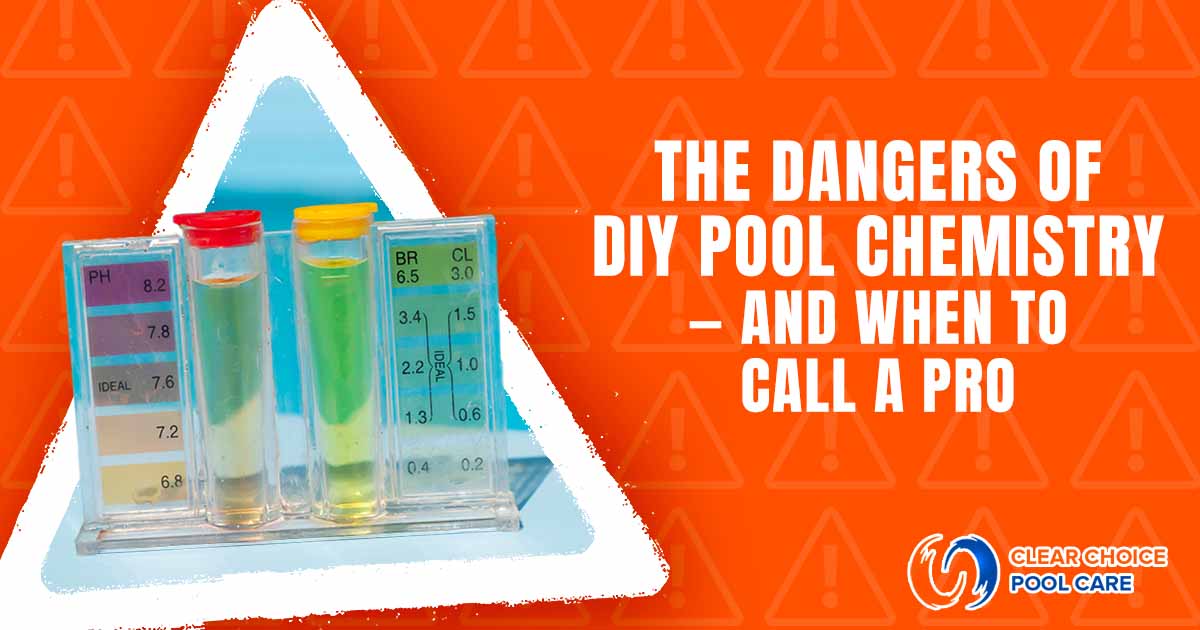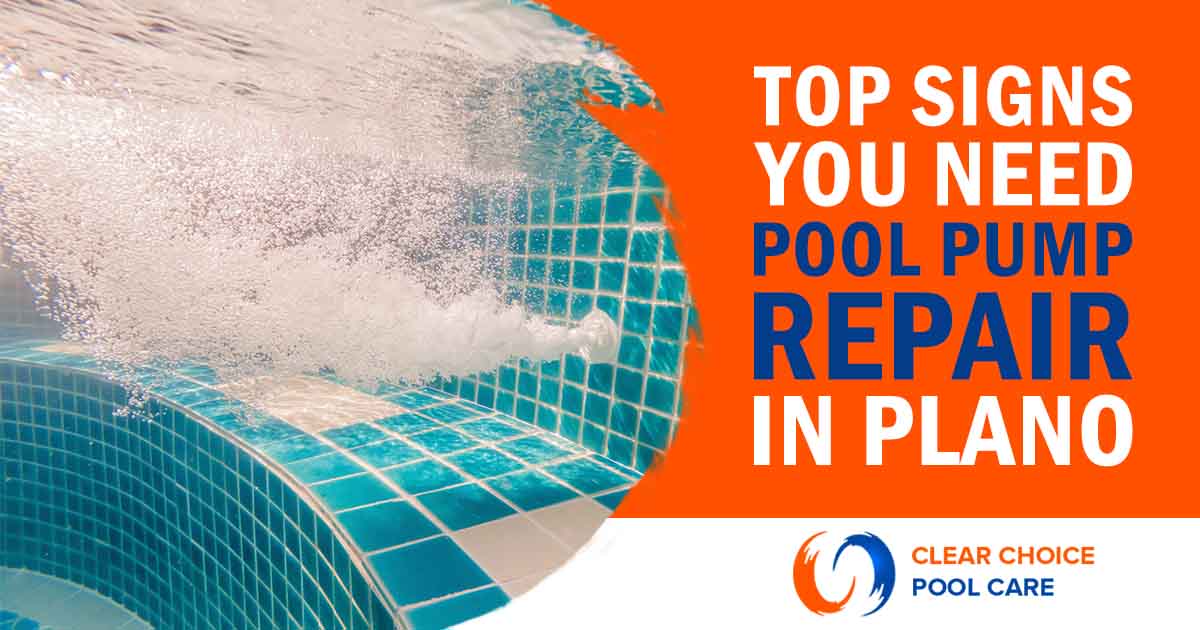Swimming pool owners everywhere agree, if it’s not one thing, it’s another. Owning a swimming pool is an ongoing battle against bacteria, algae, and other harmful contaminants. However, this is one war that pool owners happily wage due to the payoff at the end. Nothing beats slipping into a nice, cool pool during the hot summer days. Still, it can be confusing for pool owners to learn which chemicals and algaecides they need to create their ideal relaxation escape.
Your pool’s pH balance is important, but it’s not the only thing you need to keep an eye on. A handful of algae species have the ability to grow in the conditions of a swimming pool. This may not seem like much, considering there are tens of thousands of different species of algae. Yet, despite the comparison, an algae problem is not one you want to let slide.
Pool algae is a form of cyanobacteria. While generally harmless, it can quickly overtake your swimming pool. This type of algae produces energy and food using photosynthesis. It floats freely on the water, grows on the walls and floors of the pool, and can even survive inside filters and pipes. Algaecides help control algae and are a must-have for any swimming pool owner.
Common Types of Pool Algae
There are different kinds of pool algae and different types of algaecide.
The most common type of algae seen in swimming pools is green or blue-green. This type of algae grows and thrives with just sunlight, water, and a warm environment.
Yellow algae is a form of green algae which has evolved to be resistant to the effects of chlorine. This type of algae is yellow due to the yellow carotenoids. It’s able to survive without the sun’s rays.
Red algae, also called pink slime or pink algae. It is a different species that can live without sunlight and is tolerant to chlorine.
Black algae is the nightmare of the group. It’s a darker strain of blue-green algae common in plaster pools. This type of algae prefers plaster where it can be extremely difficult to remove. It also has a very thick, multi-layered cap. This protects the algae from not only chlorine, but most algaecides.
Types of Algaecide
The best way to protect your pool from algae infestation is to prevent the algae from ever taking hold in the first place. To do this, you need algae killers. The algaecides kill both small, isolated algae blooms and prevents algae growth. However, different types of algaecide work for different pool algae strains better because they each have a different way of controlling the algae.
Quaternary Ammonium, or Quat Pool Algaecides are a form of detergent. Overusing this particular item can result in a foamy pool. This type of algaecide is a microbial disinfectant. It attaches itself to algae cells and dissolves the algae’s protective membranes. Without their defenses, your pool’s chlorine can now kill the algae. Quats are one of the most affordable algaecide options and are sold in two strengths, ten percent and fifty percent concentration.
Another type of algaecide is the Polymer Pool Algaecides. These are actually Poly-Quat compounds. This form of algaecide works similarly to Quat Pool Algaecide in the way it attaches to the algae. However, Poly-Quats have the added benefits of being twice as effective, non-foaming, non-staining, and last longer than Quat algaecide. These added benefits aren’t free, Poly-Quat Algaecide is the most expensive option sold in two strengths, thirty percent and sixty percent concentration.
Other Algaecides
If you decide the options above aren’t for you, there are other algae control methods available.
Metallic Pool Algaecides use Copper ions. This form of algae control dates back thousands of years when it comes to water treatment. The copper ions are positively charged, much like the algaecides listed above. This allows them to bond with algae, which naturally has a negative charge. Once bonded, it penetrates the algae’s outer cell walls while poisoning the nucleus. The copper is treated to reduce staining in plaster pools, which makes it a great option for those pool types. It’s also very effective at destroying the black algae that commonly roots into the walls and floor of plaster pools. Metallic Pool Algaecide also is effective for treating green algae blooms. This option varies in price depending on strength, but is most commonly used in seven percent concentration.
Sodium Bromide, though not actually an algaecide, can also be used to treat algae. When used with granular chlorine in pool shock treatments, the chlorine converts the sodium bromide into an algaecide. This method is not generally used to prevent algae growth, but instead to kill out-of-control algae already present in your pool. This option is often used with algae that is not responding to other treatment methods.
Tips for Using Algaecides
As with any pool chemical, when using algaecides you follow all instructions on the label. Read the instructions in their entirety before beginning treatment. Veering away from the manufacturer’s instructions can result in bigger problems.
It’s also important that you never use a pool shock treatment at the same time you’re using algaecide. This is because the shock will effectively destroy the algaecide, rendering it useless. Instead of throwing money down the drain, avoid adding algaecide until chlorine levels are below five parts per million.
Follow the instructions to make sure you’re getting the proper dose for the size of your pool. Clean your pool prior to adding the algaecide to ensure there is no debris to reduce its effectiveness. Always test your water before using algaecide. Avoid using it when your pool has a high pH, calcium harness level, or high alkalinity. Ensure your swimming pool has sufficient circulation and filtration to disperse the algaecide for maximum effectiveness.
Pool care and algae control are important tasks for swimming pool owners. If you have a busy schedule, it’s easy to let these things slip through the cracks. If they do, before you know it you might have a big pool problem on your hands. This is why so many people choose to hire a pool maintenance company to help with their pool care needs.
The experts at Clear Choice Pool Care are here to handle your weekly pool maintenance. Simply give us a call, let us know your needs, and we’ll be happy to work something out to ensure your pool is a fun and enjoyable place for you and your family.




